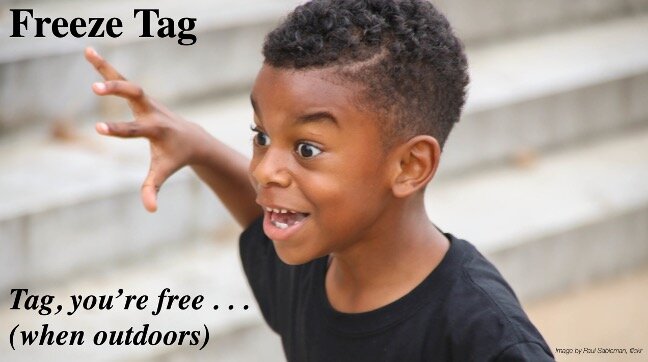by Brad Smith, PLA, ASLA, AICP
Words first, then numbers, and then lines – that’s the prescription my friend Craig Witz recommends for master planning – and I believe that the same mantra can be applied when it comes to considering ways to energize outdoor areas for people. Craig is the principal of Witz Company, one of the nation’s leading financial feasibility modeling and analysis firms for the senior living industry.
Unfortunately, the development of outdoor areas is often overlooked during the site planning process. That’s why, when designing Disneyland, Walt Disney always insisted that the landscape architect (not the architect or the civil engineer) should be the one who is responsible for the design and coordination of everything outside of the building’s walls. That rule still stands today for all Disney parks and resorts. To do otherwise, you could end up with:
The backflow preventer being placed just outside of the main entrance of the building (because it was the most efficient location), or
No space available for the root balls of trees that are needed in specific locations (because of conflicts with underground utilities), or
You could have buildings placed on the property with little or no consideration given to exterior spatial relationships, and several missed opportunities for effective outdoor area development, or
You might not fully leverage indoor/outdoor spatial relationships.
In any case, you could end up with a site plan that falls short of its potential to maximize the impact of the outdoors. There is a wide body of evidence that hard-wired into creation is the God-given tendency for humans to connect with nature and other living things – it’s called the biophilic hypothesis – and much has been written about the many therapeutic benefits of nature. Biophilic design is becoming a big consideration today!
Back to Craig’s mantra. I want to use a project of ours, The Resident Park at Cypress Cove, to illustrate what he is advocating. First, a bit of background: Cypress Cove is a Life Plan Community that was almost built-out. There was one sliver of leftover space that was nestled between a wetland and a stormwater pond – an area that was not large enough to accommodate another residential building. The idea was to use this space for the residents to enjoy. Here’s how Craig’s process played itself out:
1. Words: What is it you are trying to accomplish? Write it out. Describe your purpose, guiding beliefs, and goal for the space.
At Cypress Cove, we began by spending time with a variety of special interest groups. There were the folks from the dog park contingent, the remote-controlled yachting enthusiasts, the stewards of the native garden, and the raised bed gardeners. Each had a stake in the way in which the park was to be developed. So we listened to them, heard their concerns, and took all of that into consideration during the planning and design process. The end result was a document called the Design Program.
2. Numbers: How much can we afford? What dollar amount makes sense, considering our overall financial position?
Once the design program had been written, the leadership team crunched the numbers. They understood the importance of delivering site amenities that added value to the lives of their residents. But rather than designing the project, then discovering that it would cost more than they could afford, the team analyzed their debt service, entrance fees, occupancy rates, and cash reserves. They came up with a targeted budget amount that fit within the overall financial picture. That way, we could give them the most bang for their buck, rather than breaking the bank.
















